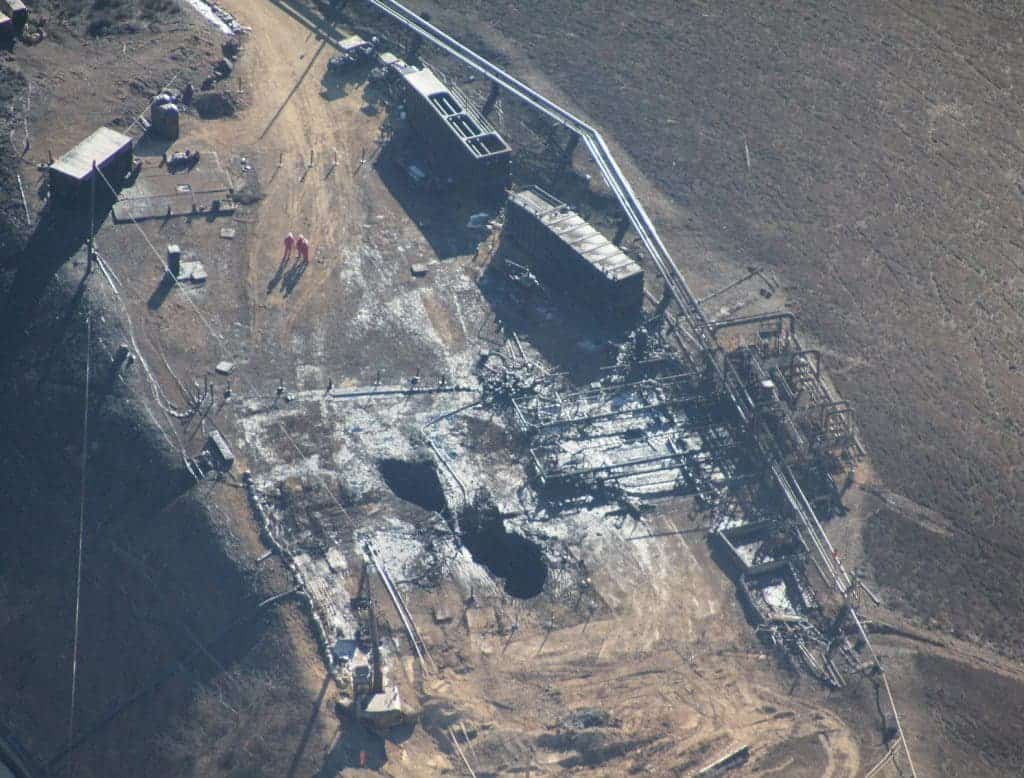As we mentioned before, the largest gas leak in history is unfolding in California, but oddly enough, few people seem to care enough or understand the magnitude of what’s happening. Tens of thousands of kilograms of gas are being released every hour as governor Jerry Brown has finally issued a state of emergency.

It’s quite possibly the worst environmental disaster since BP’s Deepwater Horizon oil spill in 2010, and it won’t be contained anytime soon – at least a few more months are needed, as workers have to drill to 2600 meters (8500 feet) to intercept the base of the well and try to contain it. So far, they’ve only dug about a third of that. SoCalGas, a unit of Sempra Energy, has also tried to contain the leak at the surface, but has had no success.
Locals have complained for months about the effects of the leak which include head aches and nose bleeds, but the long term pollution effects will likely be even more damaging. It’s impossible to estimate the environmental impact right now but it’s safe to say this is a full blown catastrophe. The relief wells will take about four months to build, and if everything goes OK (which is a fairly big if at the moment), we’ll be able to say more about the damage then.
“It’s wholly unacceptable to have a pollution source of this magnitude going for upwards of six months, which is what the projections are,” Tim O’Connor, director of California Oil and Gas at the Environmental Defence Fund, told Merrit Kennedy at NPR in December. “When you’re thinking about 50,000 kilograms per hour and the climate impact of that, it’s like running all of the refineries in California side-by-side.”
Under the newly declared state of emergency, the government can set up a new chain of command to deal with the leak and expand its monitoring of air quality and leak estimates.






